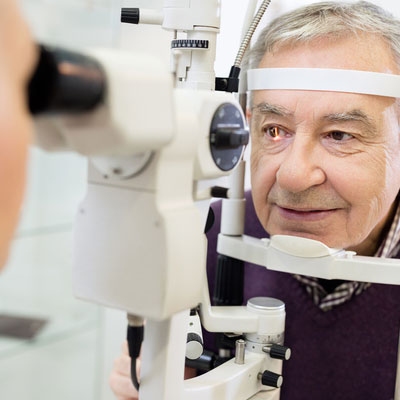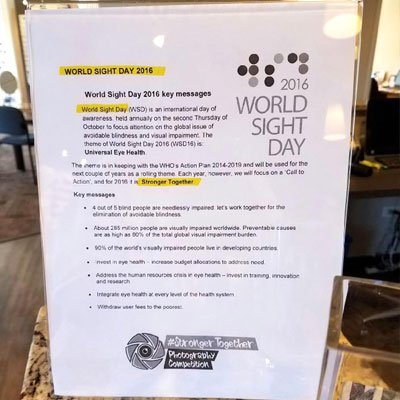Examination of the health of the inside of the eye is an important part of a comprehensive eye examination. Our doctors are diligent about recommending dilation to each and every patient each and every year to provide the most thorough eye evaluation possible.
What is dilation?
Dilating the pupils involves putting eye drops in the eyes causing the pupils in the eyes to enlarge. The pupil is a window through which the doctor can shine lights and, using special lenses, can see all the way inside the eye. When the pupil is small, it is very difficult to see inside the eye and the doctor can only see about 15 to 20% of the inside of the eye. After the pupils are dilated the doctor is able to see more than 85 or 90% of the retina.
How often should I be dllated?
Our doctors recommend annual dilations to provide the most thorough evaluation for each patient. Patients known to have previous eye issues, such as macular degeneration or previous retinal problems) should be dilated annually. It is also recommended that patients with diabetes, hypertension, cholesterol issues or high amounts of refractive error (nearsightedness, farsightedness, astifmatism) have annual dilations.
My previous doctor took a photos instead of dilation. Is that good enough?
Some offices provide a screening photo of the retina. Most often these screening photos are of only the central part of the eye rather than the entire retina; also, photographs are flat, 2-dimensional and lack the same amount of detail as a dynamic retinal evaluation. For this reason, our doctors recommend thorough retinal examination, through dilated pupils rather than screening photos.
Do kids need dilation?
Yes, kids deserve the most thorough examination possible, which includes dilation and retinal evaluation.










